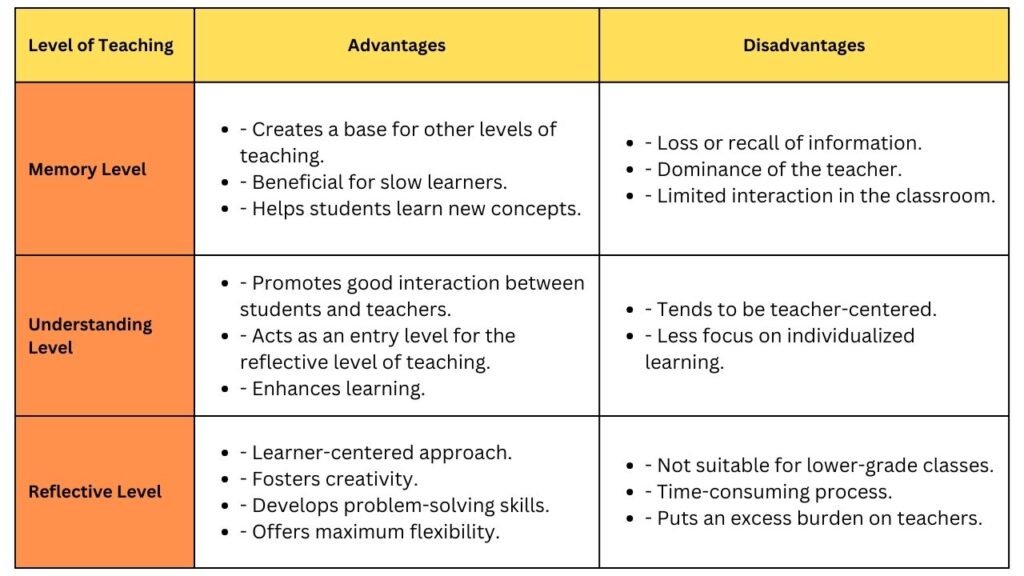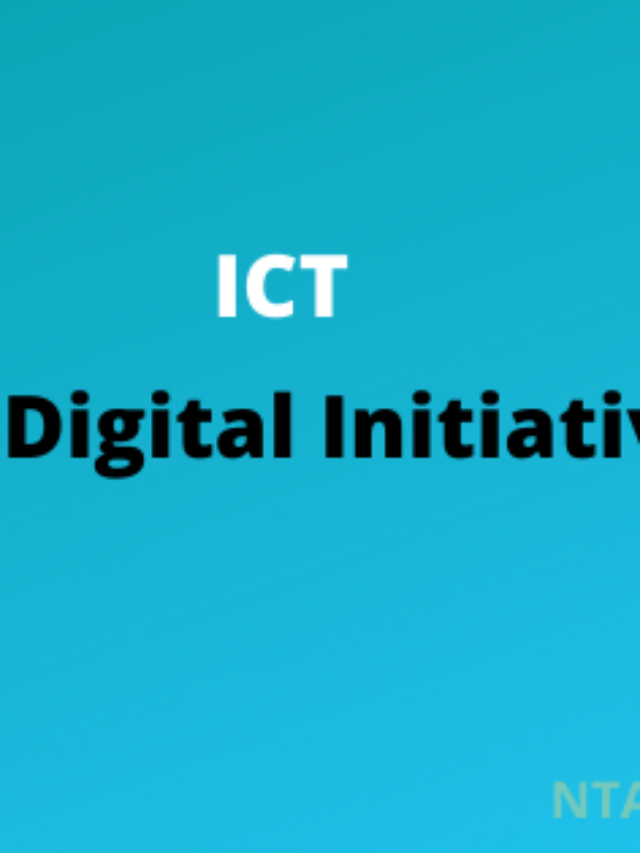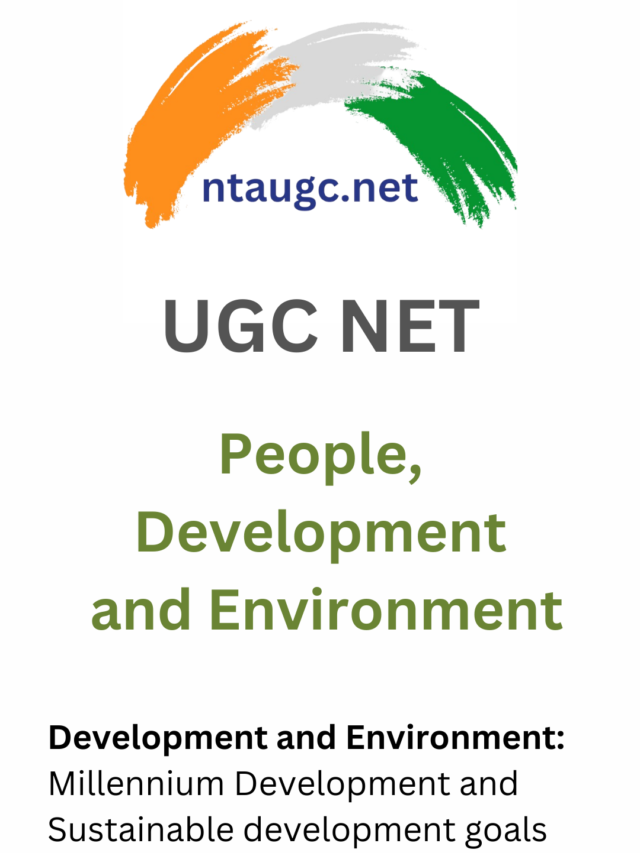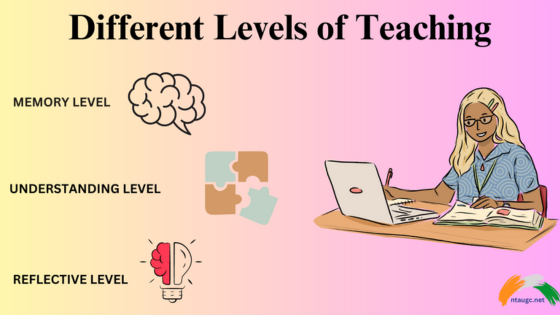Teaching at Different Levels: A Comprehensive Overview
Teaching is a complex process that requires different approaches and efforts based on the level of learning. To effectively engage students, teachers need to understand the three distinct levels of teaching: Memory Level, Understanding Level, and Reflective Level. Let’s explore each level and its significance in the learning journey.
Memory Level of Teaching: At the memory level, the primary focus is on memorization rather than deep understanding. This level helps students acquire and retain new knowledge and skills. Although memorization alone may not be the most effective form of teaching, it serves as a foundation for further learning. Teachers employ strategies such as repetition, retrieval practices, and organization to help students retain information. While this level has its advantages, such as providing a base for other levels of teaching and catering to slower learners, it also has drawbacks, including the risk of loss or recall of information and limited student-teacher interaction.
Memory Level:
- Focuses on memorization rather than deep understanding.
- Emphasizes learning through rote memorization of facts, formulas, and information.
- Role of the teacher is prominent, while the student’s role is secondary.
- Study material is organized and presented in a sequential order.
- Students primarily rely on cramming and recall for assessments.
- Provides a foundation for further learning and knowledge acquisition.
- Benefits students with slower learning abilities.
- Helps students acquire and retain new knowledge and skills.
- Limited student interaction in the classroom.
- Risk of loss or limited recall of information over time.
Understanding Level of Teaching: The understanding level of teaching encourages students to connect with the subject matter and gain a deeper comprehension of concepts. It involves collaborative efforts between teachers and students to analyze and synthesize information based on prior knowledge. Teachers employ various strategies such as discussions, lectures, and explanations to facilitate understanding. Advantages of teaching at this level include improved student-teacher interaction, better learning outcomes, and acting as an entry point for the reflective level of teaching. However, it may still have limitations, such as a teacher-centered approach and lack of individualized learning.
Understanding Level:
- Focuses on perceiving the meaning, grasping ideas, and comprehending concepts.
- Encourages students to see the relationships between principles and facts.
- Aims to develop a generalized insight into the subject matter.
- Teacher explains the connection between principles and facts, and how they can be applied.
- Students are encouraged to connect with the subject matter and actively engage in the learning process.
- Involves analysis, synthesis, and interpretation of information.
- Provides a deeper level of understanding beyond mere memorization.
- Encourages critical thinking and problem-solving skills.
- Facilitates better interaction between students and teachers.
- Acts as a stepping stone towards the reflective level of teaching.
Reflective Level of Teaching: Considered the highest level of teaching, the reflective level involves critical thinking and reasoning skills. It goes beyond memorization and understanding, encouraging students to analyze, think creatively, and solve problems. At this level, students engage in higher-order thinking processes, develop decision-making skills, and explore concepts in depth. This learner-centered approach fosters creativity and flexibility. However, the reflective level may not be suitable for lower-grade classes, as it requires time and places a heavier burden on teachers.
Reflective Level:
- Involves the highest level of thoughtfulness and cognitive engagement.
- Utilizes the scientific method to understand and solve problems.
- Emphasizes problem raising and problem-solving.
- Encourages personal involvement and intense commitment from learners.
- Focuses on reasoning, thinking, analyzing, and synthesizing information.
- Develops higher-order cognitive skills such as creativity and critical thinking.
- Stimulates imagination and the ability to find new insights and perspectives.
- Supports independent and self-directed learning.
- Promotes flexibility in approaching complex problems and situations.
- Requires a high level of expertise and time commitment from both teachers and learners.
By understanding these different levels of teaching, educators can tailor their instructional methods to meet the diverse needs of students. A balanced approach that incorporates elements from each level can create an effective learning environment. Teachers can start with the memory level to build a knowledge foundation, then progress to the understanding level, where students develop a deeper comprehension of concepts. Finally, the reflective level can be introduced to encourage critical thinking and problem-solving skills.
Here's a table summarizing the different levels of teaching
Advantages and Disadvantages of Different Levels of Teaching
Advantages and Disadvantages of Different Levels of Teaching
| Level of Teaching | Advantages | Disadvantages |
|---|---|---|
| Memory Level | – Creates a base for other levels of teaching. – Beneficial for slow learners. – Helps students learn new concepts. | – Loss or recall of information. – Dominance of the teacher. – Limited interaction in the classroom. |
| Understanding Level | – Promotes good interaction between students and teachers. – Acts as an entry level for the reflective level of teaching. – Enhances learning. | – Tends to be teacher-centered. – Less focus on individualized learning. |
| Reflective Level | – Learner-centered approach. – Fosters creativity. – Develops problem-solving skills. – Offers maximum flexibility. | – Not suitable for lower-grade classes. – Time-consuming process. – Puts an excess burden on teachers. |














